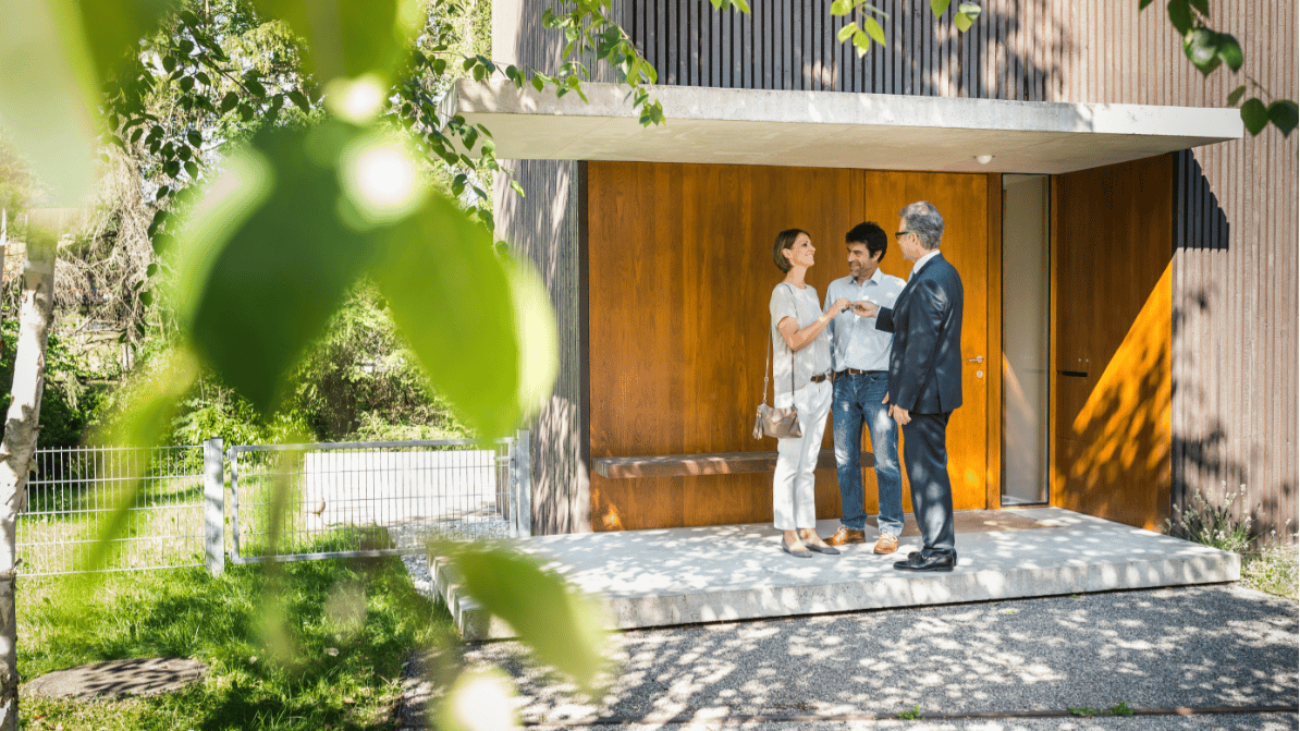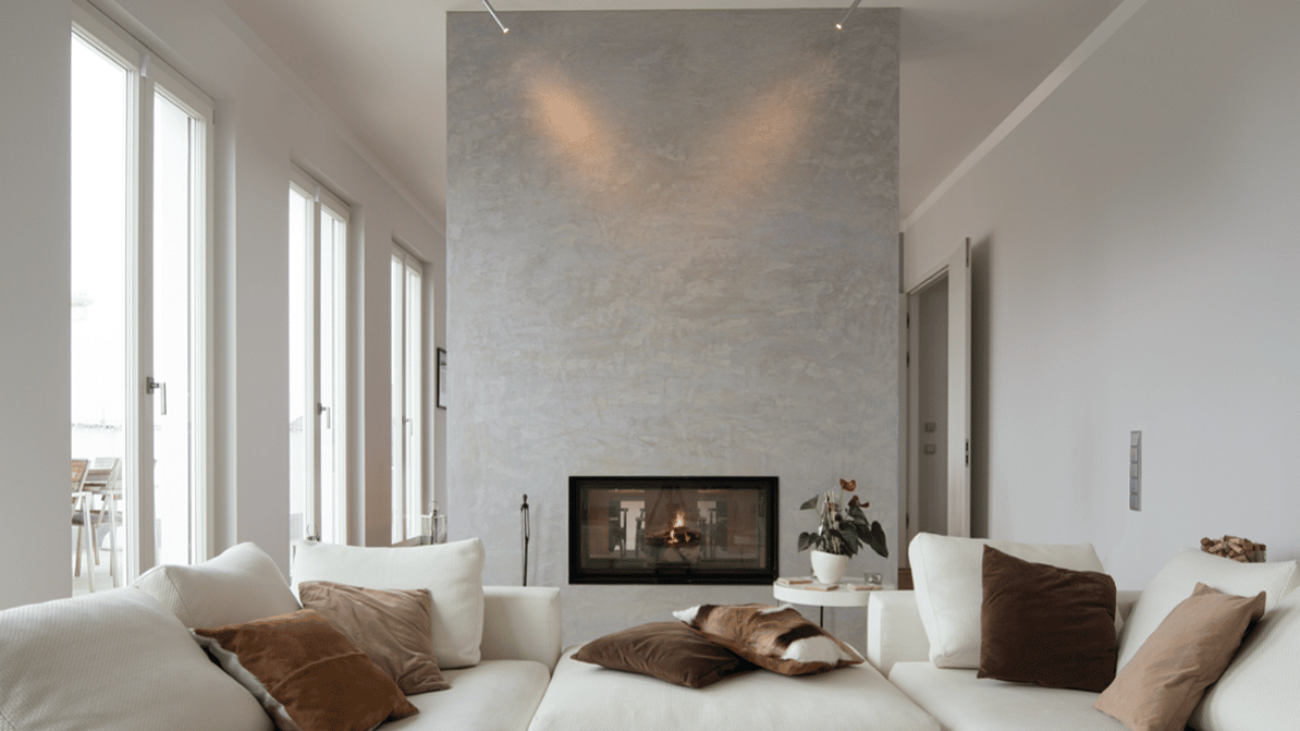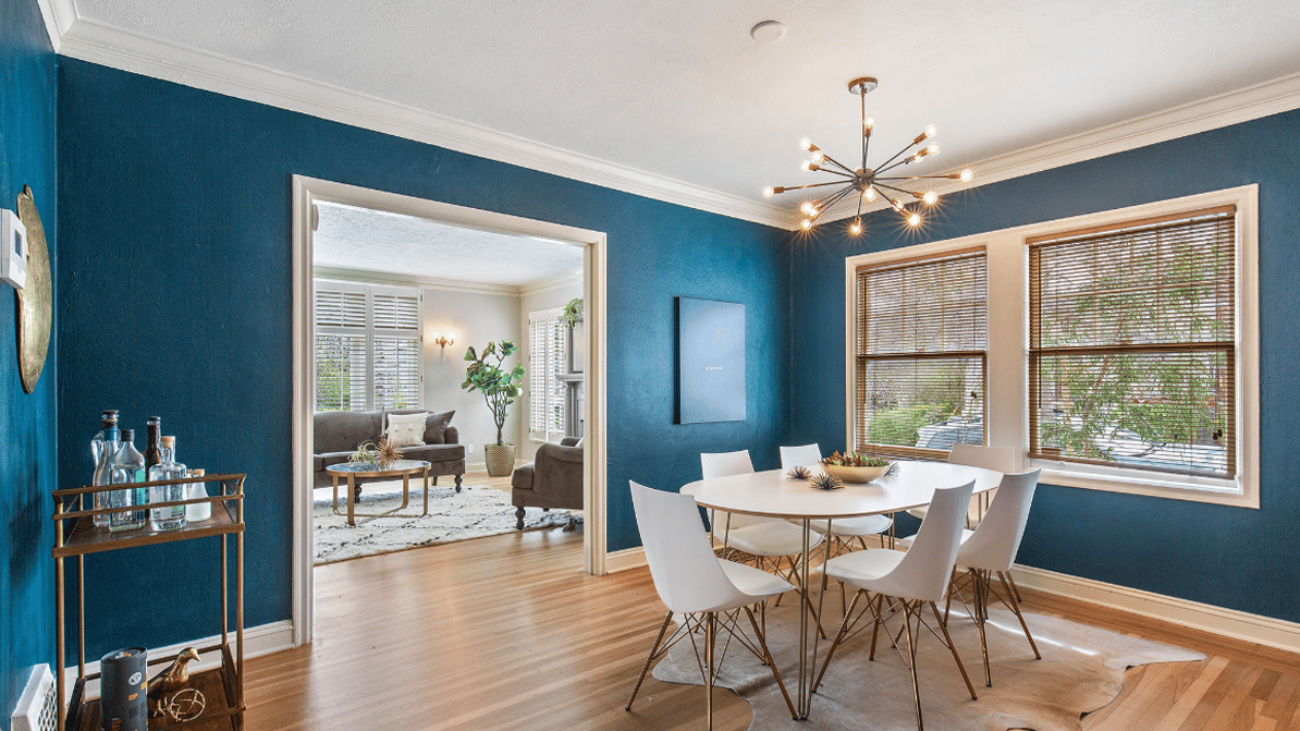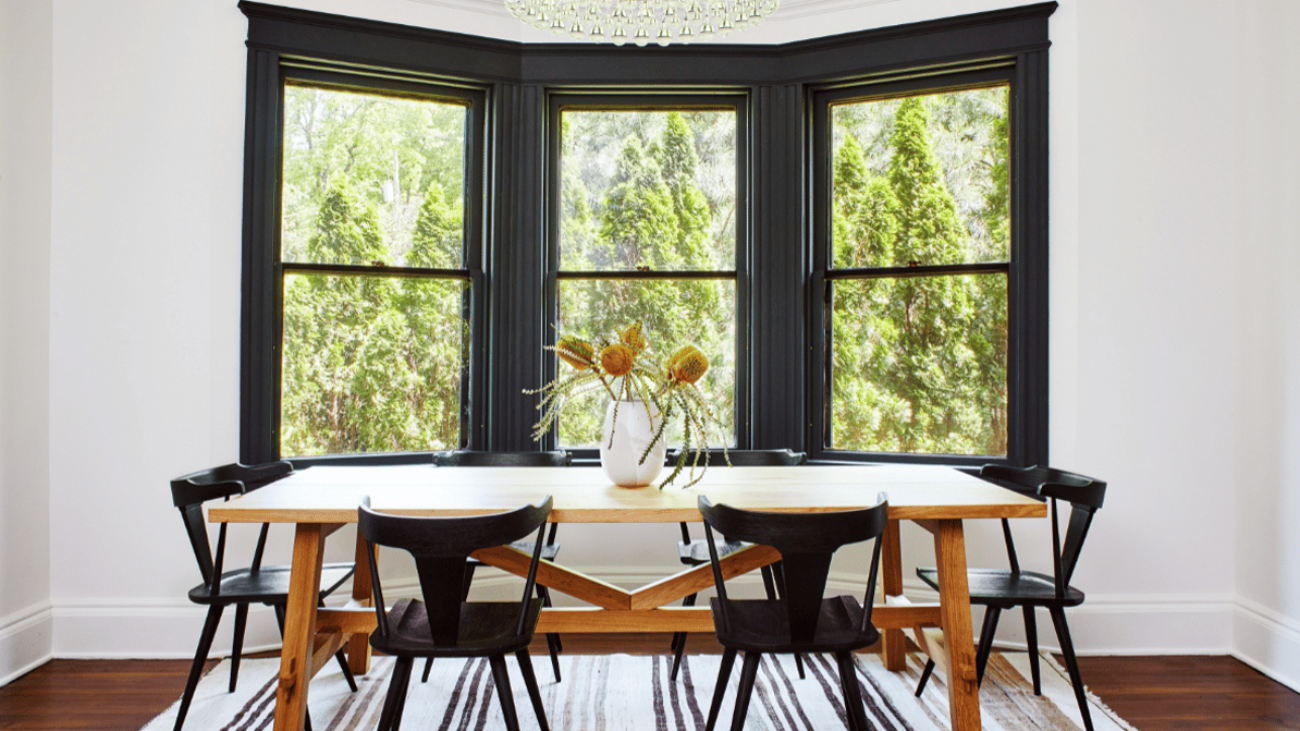[et_pb_section fb_built=”1″ admin_label=”section” _builder_version=”3.22″][et_pb_row admin_label=”row” _builder_version=”3.25″ background_size=”initial” background_position=”top_left” background_repeat=”repeat”][et_pb_column type=”4_4″ _builder_version=”3.25″ custom_padding=”|||” custom_padding__hover=”|||”][et_pb_text _builder_version=”4.9.4″ _module_preset=”default”]
Selling your home when you still need to shop for a new one can feel daunting to even the most seasoned homeowner––especially when the demand for new homes keeps rising, but the supply feels like it’s dwindling. You’re not alone either if you’re already feeling drained by the complex logistics of trying to sell and buy a new home all at once.
Searching for a new home can be exciting, but many homebuyers admit that it can also be stressful, especially if you live in an unpredictable market with plenty of competitors. Unfortunately, waiting out a competitive housing market isn’t always the best idea either since listings are expected to remain limited in the most coveted neighborhoods for some time.
That doesn’t mean, though, that you should just throw up your hands and give up on moving altogether. In fact, as a current homeowner, you could be in a better position than most to capitalize on a seller’s market and make a smooth transition from your old home to a new one.
We can help you prepare for the road ahead and answer any questions you have about the real estate market. For example, here are some of the most frequent concerns we hear from clients who are trying to buy and sell at the same time.
[/et_pb_text][et_pb_text _builder_version=”4.9.4″ _module_preset=”default”]
“WHAT WILL I DO IF I SELL MY HOUSE BEFORE I CAN BUY A NEW ONE?”
[/et_pb_text][et_pb_text _builder_version=”4.9.4″ _module_preset=”default”]
This is an understandable concern for many sellers since the competitive real estate market makes it tough to plan ahead and predict when you’ll be able to move into your next home. But chances are, you will still have plenty of options if you do sell your home quickly. It may just take some creativity and compromise.
Here are some ideas to make sure you’re in the best possible position when you decide to list your home:
[/et_pb_text][et_pb_text _builder_version=”4.9.4″ _module_preset=”default”]
Tip #1: Flex your muscles as a seller.
[/et_pb_text][et_pb_text _builder_version=”4.9.4″ _module_preset=”default”]
In a competitive market, buyers may be willing to make significant concessions in order to get the home they want. In some cases, a buyer may agree to a rent-back clause that allows the seller to continue living in the home after closing for a set period of time and negotiated fee.
This can be a great option for sellers who need to tap into their home equity for a downpayment or who aren’t logistically ready to move into their next home. However, many lenders limit the duration of a rent-back to 60 days, and there are liability issues to consider before entering into an agreement. A contract and security deposit should be in place in case of any property damage or unexpected repairs that may be needed during the rent-back period.
[/et_pb_text][et_pb_text _builder_version=”4.9.4″ _module_preset=”default”]
Tip #2: Open your mind to short-term housing options.
[/et_pb_text][et_pb_text _builder_version=”4.9.4″ _module_preset=”default”]
While it can be a hassle to move out of your old home before you’re ready to move into your new one, it’s a common scenario. If you’re lucky enough to have family or generous friends who offer to take you in, that may be ideal. If not, you’ll need to find temporary housing. Check out furnished apartments, vacation rentals and month-to-month leases. If space is an issue, consider putting some of your furniture and possessions in storage.
You may even find that a short-term rental arrangement can offer you an opportunity to get to know your new neighborhood better—and lead to a more informed decision about your upcoming purchase.
[/et_pb_text][et_pb_text _builder_version=”4.9.4″ _module_preset=”default”]
Tip #3: Embrace the idea of selling now and buying later.
[/et_pb_text][et_pb_text _builder_version=”4.9.4″ _module_preset=”default”]
Instead of stressing about timing your home sale and purchase perfectly, consider making a plan to focus on one at a time. Selling before you’re ready to buy your next home can offer a lot of advantages.
For one, you’ll have cash on hand from the sale of your current home. This will put you in a much better position when it comes to buying your next home. From budgeting to mortgage approval to submitting a competitive offer, cash is king. And by focusing on one step at a time, you can alleviate some of the pressure and uncertainty.
[/et_pb_text][et_pb_text _builder_version=”4.9.4″ _module_preset=”default”]
“WHAT IF I GET STUCK WITH TWO MORTGAGES AT THE SAME TIME?”
[/et_pb_text][et_pb_text _builder_version=”4.9.4″ _module_preset=”default”]
This is one of the most common concerns that we hear from buyers who are selling a home while shopping for a new one, and it’s realistic to expect at least some overlap in mortgages. To make sure you don’t get into a situation where you are carrying dual mortgages for longer than you can afford, examine your budget and calculate the maximum number of months you can afford to pay both.
If you simply can’t afford to carry both mortgages at once, then selling before you buy may be your best option. (See Tip #3 above.) But if you have some flexibility in your budget, it is possible to manage both a home sale and purchase simultaneously. Here are some steps you can take to help streamline the process:
[/et_pb_text][et_pb_text _builder_version=”4.9.4″ _module_preset=”default”]
Tip #4: As you get ready to sell, simplify.
[/et_pb_text][et_pb_text _builder_version=”4.9.4″ _module_preset=”default”]
You can condense your sales timeline if you only focus on the home renovations and tasks that matter most for selling your home quickly. For example, clean and declutter all of your common areas, refresh your outdoor paint and curb appeal, and fix any outstanding maintenance issues as quickly as possible.
But don’t drain unnecessary time and money into pricey renovations and major home projects that could quickly bog you down for an unpredictable amount of time. We can advise you on the repairs and upgrades that are worth your time and investment.
[/et_pb_text][et_pb_text _builder_version=”4.9.4″ _module_preset=”default”]
Tip #5: Prep your paperwork.
[/et_pb_text][et_pb_text _builder_version=”4.9.4″ _module_preset=”default”]
You’ll also save valuable time by filing as much paperwork as possible early in the process. For example, if you know you’ll need a mortgage to buy your next home, get pre-approved right away so that you can shorten the amount of time it takes to process your loan.
Similarly, set your home sale up for a fast and smooth transition by pulling together any relevant documentation about your current home, including appliance warranties, renovation permits, and repair records. That way, you’re ready to provide quick answers to buyers’ questions should they arise.
[/et_pb_text][et_pb_text _builder_version=”4.9.4″ _module_preset=”default”]
Tip #6: Ask us about other contingencies that can be included in your contracts.
[/et_pb_text][et_pb_text _builder_version=”4.9.4″ _module_preset=”default”]
Part of our job as agents is to negotiate on your behalf and help you win favorable terms. For example, it’s possible to add a contingency to your purchase offer that lets you cancel the contract if you haven’t sold your previous home.
This tactic could backfire, though, if you’re competing with other buyers. We can discuss the pros and cons of these types of tactics and what’s realistic given the current market dynamics.
[/et_pb_text][et_pb_text _builder_version=”4.9.4″ _module_preset=”default” custom_margin=”||30px|||”]
“WHAT IF I MESS UP MY TIMING OR BURN OUT FROM ALL THE STRESS?”
[/et_pb_text][et_pb_text _builder_version=”4.9.4″ _module_preset=”default”]
When you’re in the pressure cooker of a home sale or have been shopping for a home for a while in a competitive market, it’s easy to get carried away by stress and emotions. To make sure you’re in the right headspace for your homebuying and selling journey, take the time to slow down, breathe and delegate as much as possible. In addition:
[/et_pb_text][et_pb_text _builder_version=”4.9.4″ _module_preset=”default”]
Tip #7: Relax and accept that compromise is inevitable
[/et_pb_text][et_pb_text _builder_version=”4.9.4″ _module_preset=”default”]
Rather than worry about getting every detail right with your housing search and home sale, trust that things will work out eventually––even if it doesn’t look like your Plan A or even your Plan B or Plan C. Perfecting every detail with your home decor or timing your home sale perfectly isn’t necessary for a successful home sale and compromise will almost always be necessary. Luckily, if you’ve got a good team of professionals, you can relax knowing that others have your back and are monitoring the details behind the scenes.
[/et_pb_text][et_pb_text _builder_version=”4.9.4″ _module_preset=”default”]
Tip #8: Don’t worry too much if your path is straying from convention
[/et_pb_text][et_pb_text _builder_version=”4.9.4″ _module_preset=”default”]
Remember that rules-of-thumb and home-buying trends are just that: they are estimates, not facts. So if your home search or sale isn’t going exactly like your neighbor’s, it doesn’t mean that you are doomed to fail.
It’s possible, for example, that seasonality trends may affect sales in your neighborhood. So a delayed sale in the summer or fall could affect your journey––but not necessarily. According to the National Association of Realtors, the housing market tends to be more competitive during the summer and less competitive during the winter. But it’s not a hard and fast rule, and every real estate transaction is different. That’s why it’s important to talk to a local agent about your specific situation.
[/et_pb_text][et_pb_text _builder_version=”4.9.4″ _module_preset=”default”]
Tip #9: Enlist help early.
[/et_pb_text][et_pb_text _builder_version=”4.9.4″ _module_preset=”default”]
Which leads us to our final tip: If possible, call us early in the process. We’ll not only provide you with key guidance on what you should do ahead of time to prepare your current home for sale, we’ll also help you narrow down your list of must-haves and wants for your next one. That way, you’ll be prepared to act quickly and confidently when it’s time to list your house or make an offer on a new one.
It’s our job to guide you and advocate on your behalf. So don’t be afraid to lean on us throughout the process. We’re here to ease your burden and make your move as seamless and stress-free as possible.
[/et_pb_text][et_pb_text _builder_version=”4.9.4″ _module_preset=”default”]
BOTTOMLINE: COLLABORATE WITH A REAL ESTATE PROFESSIONAL TO GET TAILORED ADVICE THAT WORKS FOR YOU
[/et_pb_text][et_pb_text _builder_version=”4.9.4″ _module_preset=”default”]
Buying and selling a home at the same time is challenging. But it doesn’t have to be a nightmare, and it can even be fun. The key is to educate yourself about the market and prepare yourself for multiple scenarios. One of the best and easiest ways to do so is to partner with a knowledgeable and trustworthy agent.
A good agent will not only help you evaluate your situation, we will also provide you with honest and individually tailored advice that addresses your unique needs and challenges. Depending on your circumstances, now may be a great time to sell your home and buy a new one. But a thorough assessment may instead show you that you’re better off pausing your search for a while longer.
Contact us for a free consultation so that we can help you review your options and decide the best way forward.
[/et_pb_text][et_pb_text _builder_version=”4.9.4″ _module_preset=”default”]
Sources:
[/et_pb_text][/et_pb_column][/et_pb_row][/et_pb_section]










